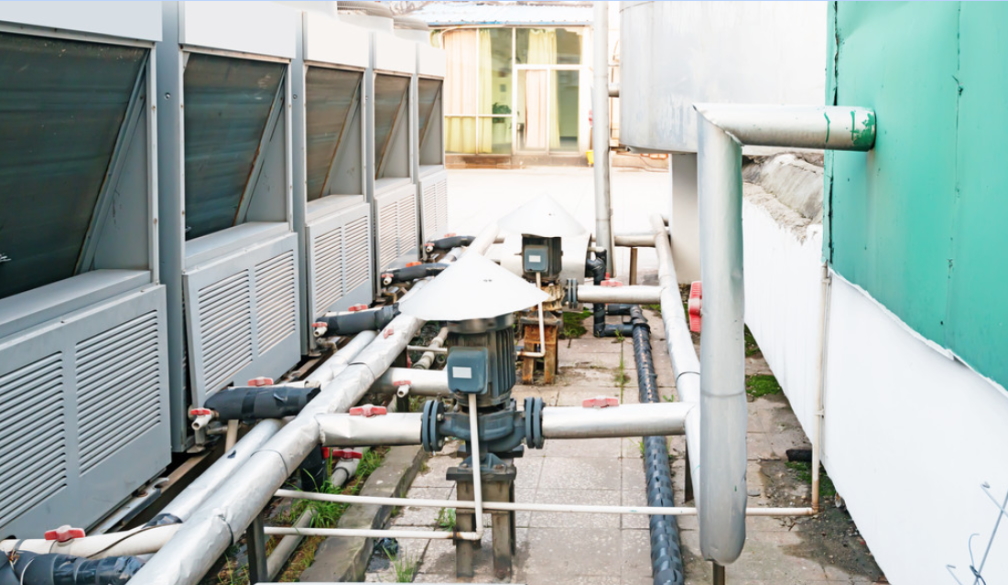The Importance of a Recirculating Hot Water System
- Written by NewsServices.com

What is a recirculating hot water system?
The recirculating hot water system is an excellent way to save energy and money. It is a simple, efficient system that can be used in any home.
How does a Recirculating Hot Water System Work?
A recirculating hot water system keeps hot water circulating through your plumbing pipes so that you don’t have to wait for hot water when you turn on the faucet. This is accomplished by a small pump that is installed near your water heater. The pump kicks on when the faucet is turned on, and circulates water from the heater through the pipes and back again. This way, the hot water is always close by, and you don’t have to waste water waiting for it to get hot.
Benefits of a Recirculating Hot Water System.
If you're in the market for a continuous hot water system at 1st Choice Hot Water is the place to go. They carry a wide selection of products from the leading manufacturers, so you're sure to find the perfect system for your needs. They also offer a variety of financing options to make your purchase more affordable.
A recirculating hot water system provides many benefits over a traditional system. By circulating hot water through your pipes, you can save water and energy while ensuring that your water is always hot when you need it. Here are some of the benefits of a recirculating hot water system:
- Save Water and Energy
A recirculating system only pumps hot water to where you need it when you need it. This means there is no wasted water or energy as the hot water is circulated through your pipes until it reaches the faucet or showerhead.
- Hot Water When You Need It
With a traditional system, the hot water can take some time to reach the faucet or showerhead, especially if it’s located far from the heater. With a recirculating system, hot water is immediately available whenever you need it.
- Increased Safety
If you have young children in your home, a recirculating system can help prevent scalding accidents as the pump ensures that the temperature of the water at the fixtures is always consistent. You won’t have to worry about anyone getting burned by unexpectedly hot water.
How to Choose the Right Recirculating Hot Water System for Your Home.
When it comes to choosing a recirculating hot water system for your home, there are a few things you need to take into consideration to make the best decision for your needs. Here are a few tips on how to choose the right recirculating hot water system for your home:
- The first thing you need to consider is the size of your home. If you have a large home, then you will need a system that can handle the demand.
- Another important factor to consider is the climate you live in. If you live in an area with cold winters, then you will need a system that can maintain the water temperature in your pipes so that they don't freeze.
- You also need to consider how often you use hot water in your home and what appliances you have that use hot water. This will help determine the flow rate that you need from your recirculating system.
- Once you have considered all of these factors, then you can start looking at different systems and compare their features and prices. Make sure to read reviews online so that you can get an idea of what others think about each system before making your final decision.
Tips for Maintaining Your Recirculating Hot Water System.
If your home has a recirculating hot water system, there are a few things you can do to maintain it and keep it running efficiently.
Make sure that the circulating pump is always in good working order. This is the pump that sends the hot water through the pipes and back to the water heater. If it starts to make noise or doesn't seem to be working as well as it used to, have a professional take a look at it.
Check the valves on your system regularly. There are two types of valves – check valves and relief valves. Check valves allow water to flow in one direction only, while relief valves open when too much pressure builds up in the system and release some of the water. Make sure that both types of valves are functioning properly so that your system can work as intended.
Keep an eye on your energy bills. If you notice that they start to go up even though you're not using any more hot water than usual, there could be a problem with your recirculating system. It could be something as simple as a leaky valve or something more serious like a broken pump.











